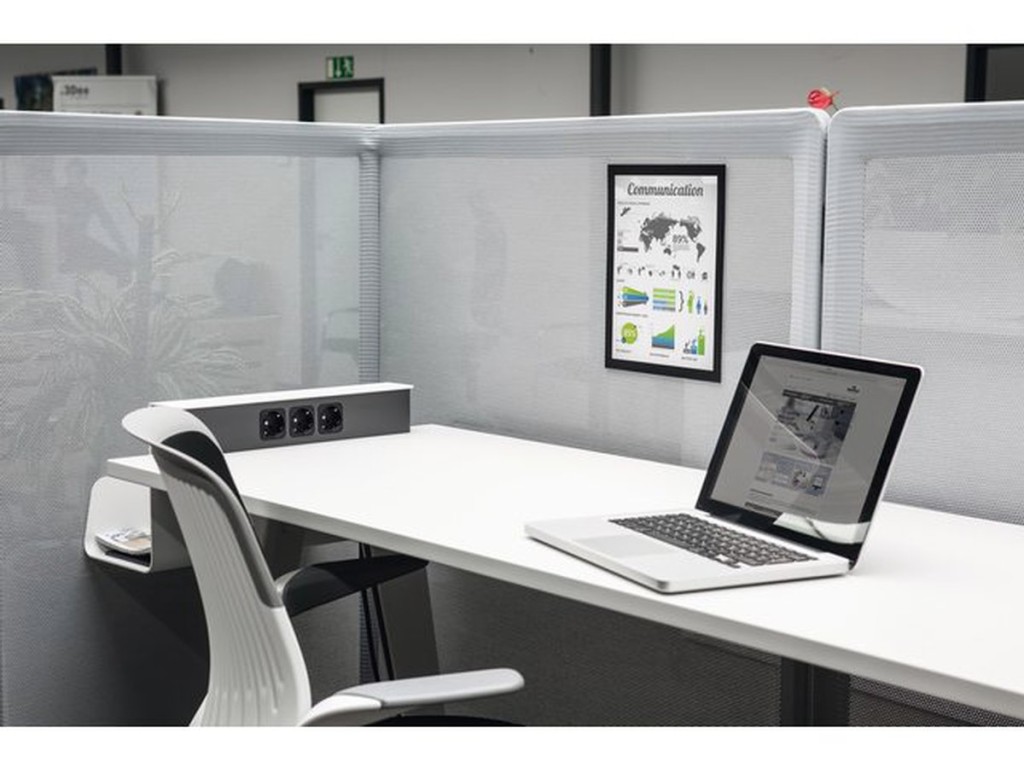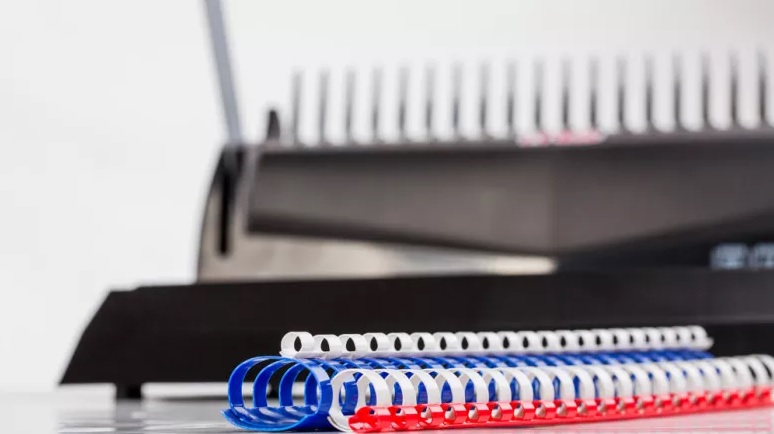

What Are The Different Types Of Binding?
December 17, 2015Binding is the perfect way to give your documents, books, manuals or reports a professional look and feel. Whether showing internally, to clients or customers, binding makes your work presentable and easy to read.
However, there are several different types of binding you can choose, and each has their own unique properties that might make it more suitable for some than others.
Types of binding
- Plastic comb binding – Common form of binding, cheap and easy to do.
- Wire binding – Similar to comb binding, but uses metal wire & looks more professional.
- Slide binders – Cheap, quick & easy to use. Not as secure as other types.
- Thermal binding – Uses heat to bind pages. Very professional looking but more expensive.
- Surebind / Velobind – Permanent form of binding, good for important documents.
- Binding screws & rings – Allows more of the page to be seen and read. Not quite as professional looking.
Here are more details about the various styles of binding you can opt for…
Plastic Comb Binding
Plastic comb binding is an easy and relatively cheap way of binding your documents, booklets, instruction manuals or reports, and is probably the type of binding most people will be most familiar with.
When you open the document, the pages move around the comb, allowing them to lie flat on a desk, making the bound material very easy to read. This type of binding also allows for easy adding and removing of pages, which is useful if it’s a document that will be updated regularly.
Plastic comb binding is suitable for pretty much everyone, but is popular with schools, offices and print departments.
See how it works in the video below…
Take a look at our comb binding machines and comb binding rings.
Wire Binding
Wire binding is quite similar to plastic comb binding but is a smarter way of binding documents to give a more professional finish, although it is slightly more fiddly and generally a touch more expensive.
Wire binding is often used by schools, councils and businesses such as architects and surveyors. Again, the pages will lay flat, making them easy to read, and by using the Renz de-binding tool, you can add and remove pages as required.
This type of binding can be used for various documents and brochures, but is also used for making calendars. Our calendar making starter kit will help you out with that one.
This video will show you exactly how wire binding works…
See all of our wire binding products, including machines and binding wires.
Slide Binders
Slide binders are a very quick and easy way to bind documents that have not been punched. You simply slide the plastic binder up the edge of the document, which makes it very simple to add and remove pages if you need to. This is also a very economical way of binding as no machine is required.
However, by using slide binding, you won’t be able to lay the documents flat, which can make them tricky to read. Therefore, this type of binding may be preferable for material to be read when standing or outside of an office – for example at an exhibition, trade show, waiting areas.
See our range of slide binders.
Thermal Binding
Unsurprisingly, thermal binding uses heat to bind documents. The covers have a front, back and spine, with the glue already in the spine. You can choose either hard or soft covers.
You simply insert your documents into the cover and then put the whole lot into the thermal binding machine. After a short time, the machine will beep to let you know it’s done. Leave to cool for a few minutes and your document is ready.
It’s a very professional way of binding so is often used by businesses, although schools often use it too. It is a more permanent form of binding as the pages are glued to the cover. As such, it’s not recommended for documents that may need pages regularly adding or removing.
Take a look at our thermal binding machines and covers.
Surebind / Velobind
Both Surebind and Velobind are more permanent types of binding that are often used to bind important documents. It works by punching holes down the side of the documents and uses either Surebind or Velobind strips (depending on the type of machine you have) that have prongs to insert through the holes. The machine then grips the document tightly, cuts the prongs to the correct length and heat seals them.
This type of binding is often used by print and copy shops, as well as universities when binding dissertations and essays. Solicitors also may use Velobind or Surebind when sending documents to court, as it’s very obvious if it’s been tampered with and pages have been removed.
View our range of Surebind and Velobind strips.
Binding Accessories
Binding screws and rings are used by punching or drilling holes in the documents, inserting the screws and tightening them. This ensures minimal intrusion of the documents, meaning more of it can be seen or read. These are sometimes used in some forms of book binding. They’re available in nickel, brass and steel.
See our range of binding screws and rings.
If you’d like to speak to us about any of your binding needs, please get in touch today.



